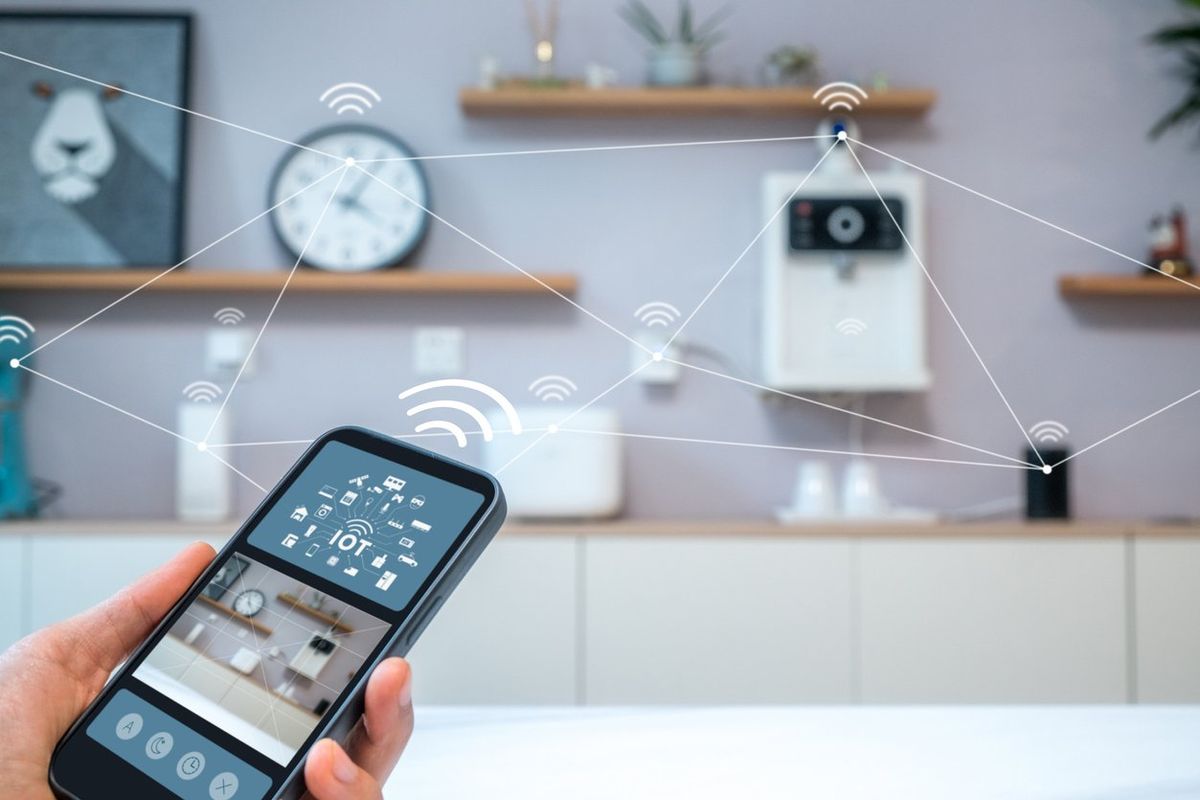Best practices for securing your iot devices include regularly updating firmware and software, using strong and unique passwords, disabling unnecessary features and protocols, and implementing network segmentation. These measures ensure that your devices are protected against potential vulnerabilities and unauthorized access, safeguarding your data and privacy.
With the rapid growth of the internet of things (iot), where everyday objects are connected to the internet, securing these devices has become paramount. As iot devices become more prevalent in our homes, offices, and industries, they also become attractive targets for cybercriminals.
This article explores the best practices for securing your iot devices, enabling you to mitigate the risks and protect your digital assets. By following these guidelines, you can ensure that your devices are protected against potential vulnerabilities and unauthorized access, while safeguarding your data and privacy. Implementing regular firmware and software updates, using strong and unique passwords, disabling unnecessary features and protocols, and implementing network segmentation play a crucial role in securing your iot devices effectively.

Credit: www.gearbrain.com
Importance Of Iot Device Security
The security of iot devices is of utmost importance due to the ever-increasing number of connected devices. Iot device security is crucial because unprotected devices are vulnerable to various threats. These devices can be exploited by hackers to gain unauthorized access and control, leading to potential privacy breaches and data leaks.
By implementing best practices for securing your iot devices, you can mitigate these risks. It is essential to regularly update firmware and software, enable strong authentication mechanisms, and use encryption to protect data transmission. Additionally, configuring devices properly, such as changing default passwords and disabling unnecessary features, can enhance security.
Furthermore, monitoring network traffic and promptly addressing any suspicious activity can help prevent potential security breaches. In conclusion, prioritizing iot device security is vital to safeguard sensitive information and ensure the smooth functioning of connected devices.
Fundamental Security Measures
Fundamental security measures should be followed to secure iot devices. Keeping devices up-to-date is crucial as it ensures the latest security patches are applied. Strengthening device passwords is another important step that should not be overlooked. Use complex and unique passwords to make it harder for hackers to gain access.
Enabling two-factor authentication adds an extra layer of security, requiring a second form of verification. Regularly updating firmware and software is essential to address any potential vulnerabilities. Implementing network segmentation can also enhance security by isolating iot devices from the main network.
By following these best practices, you can minimize the risk of unauthorized access and protect your iot devices from potential threats.
Network Security For Iot Devices
Network security for iot devices is crucial in protecting your devices from potential threats. One best practice is setting up a separate network specifically for iot devices. This isolation ensures that any security breaches or attacks on iot devices do not affect your main network.
Another important step is securing your wi-fi with a strong password. This prevents unauthorized access to your network and ultimately safeguards your iot devices. Additionally, using a firewall adds an extra layer of protection. It acts as a barrier between your network and potential threats, blocking any malicious traffic.
By following these practices, you can significantly enhance the security of your iot devices and protect them from cyber attacks.
Secure Communication Protocols
When securing your iot devices, it is crucial to implement secure communication protocols. By emphasizing on encrypted communication, you can ensure that data transmitted between devices is protected from unauthorized access. Avoid connecting your devices to unsecure public networks, as they can become vulnerable to hackers.
Instead, opt for secure networks that require authentication and encryption. Regularly update your devices’ firmware and software to patch vulnerabilities and protect against potential security risks. Implementing strong passwords and two-factor authentication adds an extra layer of security. Educating yourself about the latest security threats and staying updated on best practices is essential to keep your iot devices secure.
By following these guidelines, you can protect your devices and data from potential security breaches.
Physical Security Of Iot Devices
Physical security is crucial in protecting iot devices. One best practice is locating devices in safe areas. This ensures that they are not easily accessible to unauthorized individuals. Another important measure is restricting access to physical devices. By implementing proper authentication and authorization protocols, only authorized personnel can interact with the devices.
Additionally, when disposing of old devices, it is essential to follow proper disposal procedures. This helps prevent any sensitive information from falling into the wrong hands. Overall, securing iot devices physically is just as important as securing them digitally. By implementing these best practices, you can greatly enhance the security of your iot infrastructure.
Monitoring Iot Devices
Securing your iot devices requires proactive monitoring of their activities. Regularly checking device activity logs allows you to stay updated on any potential threats or breaches. By utilizing intrusion detection systems, you can further enhance your device’s security. These systems provide real-time alerts and help identify any unauthorized access attempts.
Monitoring for unusual network behavior is crucial in detecting any anomalous activities that may indicate a compromised device. Being vigilant in monitoring and staying abreast of your iot device’s activities is essential in ensuring its security and protecting your network.
Stay proactive and implement these best practices to safeguard your iot devices.
Securing Iot Data
Securing iot data is crucial for protecting sensitive information from unauthorized access or manipulation. One effective way to ensure data security is through encryption. By encrypting sensitive data, you can make it virtually indecipherable to anyone without the proper decryption key.
Another important practice is controlling data access and permissions. Granting only authorized individuals or devices the ability to access and modify iot data can significantly decrease the risk of data breaches. Additionally, backing up data regularly is essential for preventing loss in case of system failures or cyberattacks.
By creating backup copies of your iot data, you can quickly recover it if the original is compromised or lost. These best practices for securing iot devices can help safeguard your data and maintain the integrity of your connected devices.
Protecting Iot Devices From Malware
Securing your iot devices is crucial to protect them from malware. Installing reputable security software can help safeguard against potential threats. Regularly scanning your devices for malware is also important to detect and remove any malicious programs. It is essential to avoid downloading suspicious files or visiting potentially harmful websites to minimize the risk of malware infection.
By following these best practices, you can enhance the security of your iot devices and ensure they remain safe from malware and other cyber threats.
Educating Yourself And Others
Securing your iot devices requires educating yourself and others. Stay updated on the latest security threats, and make sure to educate your family members and colleagues. Establish security awareness programs to ensure everyone understands the importance of device security. By staying informed and spreading awareness, you can take proactive steps to protect your iot devices from potential vulnerabilities.
Stay vigilant, continuously learn about new threats, and share your knowledge with others to create a more secure environment for all. Together, we can mitigate risks and safeguard our iot devices from potential attacks. Take control of your device security today and make it a priority in your digital journey.
Stay informed, spread awareness, and secure your iot devices for a safer connected world.
Conclusion
Securing your iot devices is crucial in today’s interconnected world. By following these best practices, you can protect your devices from potential threats and ensure the safety and privacy of your data. Stay updated on the latest security patches and firmware updates for your iot devices, as this can help address any vulnerabilities.
Implement strong and unique passwords for each device, and consider using multi-factor authentication for added security. Regularly monitor your network for any suspicious activity and consider installing a reliable firewall. Keep an eye on the permissions and privileges assigned to your iot devices, and disable any unnecessary features or functionalities that could potentially compromise your security.
Lastly, educate yourself on the latest cybersecurity trends and stay informed about potential threats to further enhance your device security. By adopting these best practices, you can have peace of mind knowing your iot devices are well-protected against any potential risks.






